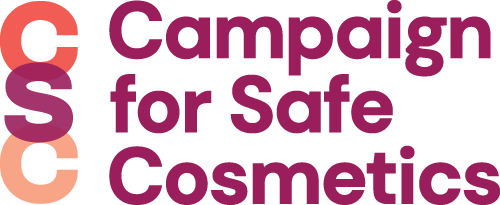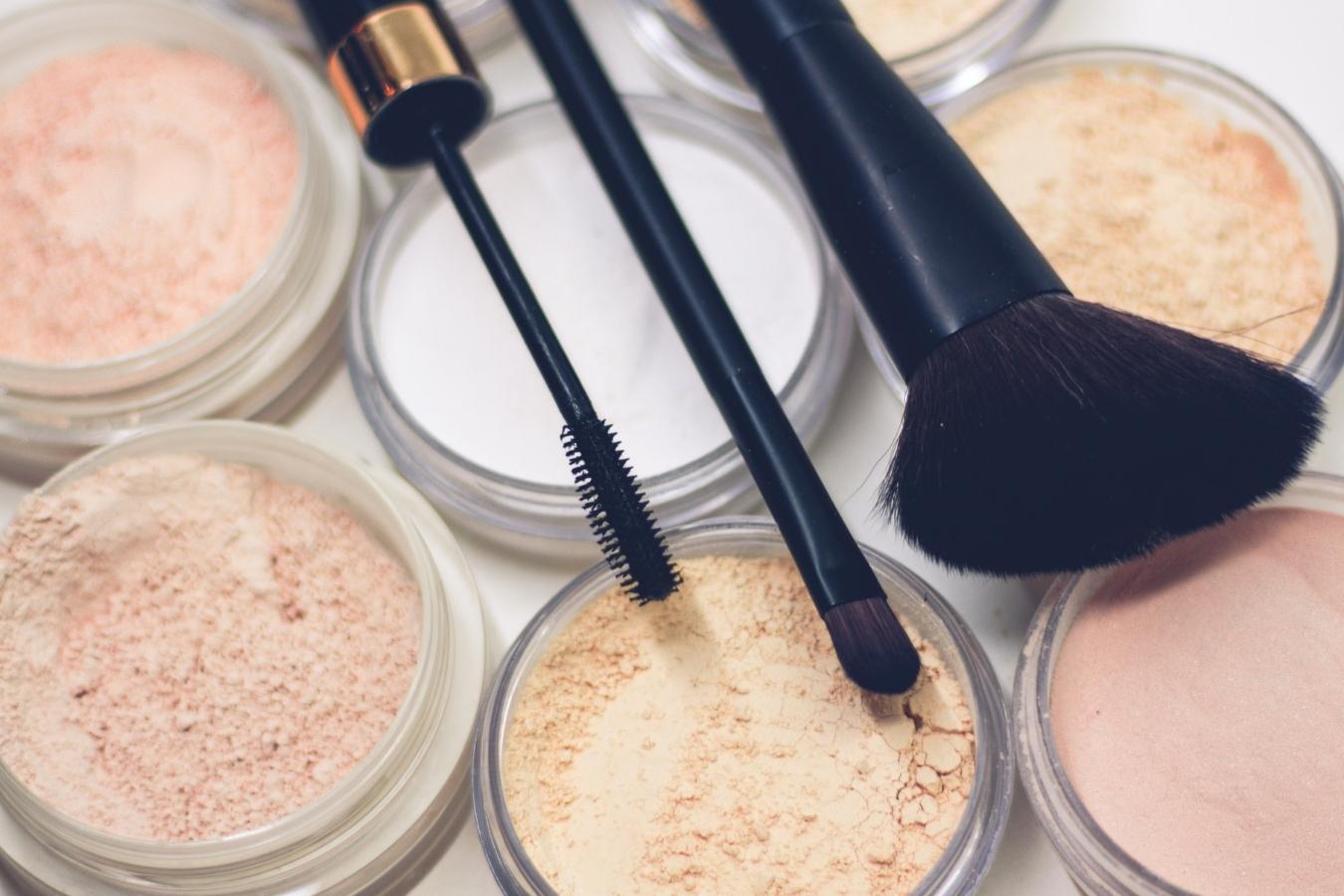[1] ATSDR: Agency for Toxic Substances & Disease Registry. Toxic substances portal – 1,4-dioxane. ToxFAQs. Available online: https://wwwn.cdc.gov/TSP/ToxFAQs/ToxFAQsDetails.aspx?faqid=954&toxid=199. Accessed April 27, 2022.
[2] ATSDR: Agency for Toxic Substances & Disease Registry. Toxic substances portal – ethylene oxide. ToxFAQS. Available online: https://wwwn.cdc.gov/TSP/ToxFAQs/ToxFAQsDetails.aspx?faqid=733&toxid=133. Accessed April 27, 2022.
[3] Engel C, Nudelman MA, Rasanayagam S, Witte M. Pretty Scary 2 Unmasking toxic chemicals in kids’ makeup. Campaign for Safe Cosmetics. 2016 Oct. Available online: http://www.safecosmetics.org/wp-content/uploads/2016/10/Pretty-Scary_2016.pdf. Accessed April 27, 2022.
[4] NTP (National Toxicology Program). 2014. Report on Carcinogens, Fourteenth Edition. Research Triangle Park, NC: U.S. Department of Health and Human Services, Public Health Service. http://ntp.niehs.nih.gov/ntp/roc/content/profiles/ethyleneoxide.pdf. Accessed April 27, 2022.
[5] NTP (National Toxicology Program). 2014. Report on Carcinogens, Fourteenth Edition. Research Triangle Park, NC: U.S. Department of Health and Human Services, Public Health Service. http://ntp.niehs.nih.gov/ntp/roc/content/profiles/dioxane.pdf. Accessed April 27, 2022.
[6] Spath, D.P. “1,4-Dioxane Action Level.” March 24, 1998. Memorandum from Spath, Chief of the Division of Drinking Water and Environmental Management, Department of Health Services, 601 North 7th Street, Sacramento, California 95814 to George Alexeeff, Deputy Director for Scientific Affairs, Office of Environmental Health Hazard Assessment. Available online: http://www.oehha.ca.gov/water/pals/pdf/PAL14DIOXAN.pdf. Accessed April 27, 2022.
[7] IARC: International Agency for Research on Cancer. IARC monographs. 1,4-dioxane. Available online: http://monographs.iarc.fr/ENG/Classification/ClassificationsAlphaOrder.pdf. Accessed April 27, 2022.
[8] Office of Environmental Health Hazard Assessment (OEHAA) (2016). State of California Environmental Protection Agency. Chemicals known to the state to cause cancer or reproductive toxicity. Available online: http://oehha.ca.gov/proposition-65/chemicals/14-dioxane. Accessed April 27, 2022.
[9] IARC: International Agency for Research on Cancer. IARC monographs. Ethylene Oxide. Available online: http://monographs.iarc.fr/ENG/Classification/ClassificationsAlphaOrder.pdf. Accessed April 27, 2022.
[10] Office of Environmental Health Hazard Assessment (OEHAA) (2016). State of California Environmental Protection Agency. Chemicals known to the state to cause cancer or reproductive toxicity. Available online: http://oehha.ca.gov/proposition-65/chemicals/ethylene-oxide. Accessed April 27, 2022.
[11] NIH: National Institutes of Health. National Cancer Institute. Ethylene Oxide. 2015. Available online: https://www.cancer.gov/about-cancer/causes-prevention/risk/substances/ethylene-oxide. Accessed April 27, 2022.
[12] Rudel RA, Attfield KR, Schifano JN, Brody JG. Chemicals causing mammary gland tumors in animals signal new directions for epidemiology, chemicals testing, and risk assessment for breast cancer prevention. Cancer. 2007;109:2635-66.
[13] Steenland K, Whelan E, Deddens J, Stayner L, Ward E. Ethylene oxide and breast cancer incidence in a cohort study of 7576 women (United States). Cancer Causes Control. 2003;14:531-9.
[14] Norman SA, Berlin JA, Soper KA, Middendorf BF, Stolley PD. Cancer incidence in a group of workers potentially exposed to ethylene oxide. Int J Epidemiol. 1995;24:276-84.
[15] Mikoczy Z, Tinnerberg H, Björk J, Albin M. Cancer Incidence and Mortality in Swedish Sterilant Workers Exposed to Ethylene Oxide: Updated Cohort Study Findings 1972–2006. Inl J Environ Res Public Health. 2011;8:2009-19.
[16] Office of Environmental Health Hazard Assessment (OEHAA) (2016). State of California Environmental Protection Agency. Chemicals known to the state to cause cancer or reproductive toxicity. Available online: http://oehha.ca.gov/proposition-65/chemicals/ethylene-oxide. Accessed April 27, 2022.
[17] Landrigan PJ, Meinhardt TJ, Gordon J, Lipscomb JA, Burg JR, Mazzuckelli LF, Lewis TR, Lemen RA. Ethylene oxide: an overview of toxicologic and epidemiologic research. American journal of industrial medicine. 1984 Jan 1;6(2):103-15.
[18] Mori K, Kaido M, Fujishiro K, Inoue N, Koide O, Hori H, Tanaka I. Dose dependent effects of inhaled ethylene oxide on spermatogenesis in rats. British journal of industrial medicine. 1991 Apr 1;48(4):270-4.
[19] Agency for Toxic Substances and Disease Registry (ATSDR). 2012. “Toxicological Profile for 1,4-Dioxane.” www.atsdr.cdc.gov/toxprofiles/tp187.pdf. Accessed April 27, 2022.
[20] EPA. 2013b. “1,4-Dioxane (1,4-Diethyleneoxide).” Technology Transfer Network Air Toxics Website. https://www.epa.gov/sites/production/files/2016-09/documents/1-4-dioxane.pdf. Accessed April 27, 2022.
[21] National Institute for Occupational Safety and Health (NIOSH). 2010. “Dioxane.” NIOSH Pocket Guide to Chemical Hazards. www.cdc.gov/niosh/npg/npgd0237.html. Accessed April 27, 2022.
[22] Agency for Toxic Substances and Disease Registry (ATSDR). 2012. “Toxicological Profile for 1,4-Dioxane.” Available online: www.atsdr.cdc.gov/toxprofiles/tp187.pdf. Accessed April 27, 2022.
[23] HSDB Hazardous Substances Data Bank (HSDB). 2011. “1,4-Dioxane.” Available online: https://www.nlm.nih.gov/databases/download/hsdb.html. Accessed April 27, 2022.
[24] Health Canada. Consumer Product Safety. Cosmetic Ingredient Hotlist: List of ingredients that are prohibited for use in cosmetic products. 1,4-Dioxane. Available online: http://www.hc-sc.gc.ca/cps-spc/cosmet-person/hot-list-critique/hotlist-liste-eng.php. Accessed April 27, 2022.
[25] European Union: List of substances prohibited in cosmetic products. Ethylene oxide. Available online: http://eur-lex.europa.eu/legal-content/EN/TXT/?uri=CELEX:32009R1223. Accessed April 27, 2022.
[26] FDA: U.S. Food and Drug Administration. 1,4-dioxane a manufacturing byproduct. 2014. Available online: http://www.fda.gov/Cosmetics/ProductsIngredients/PotentialContaminants/ucm101566.htm. Accessed April 27, 2022.


































